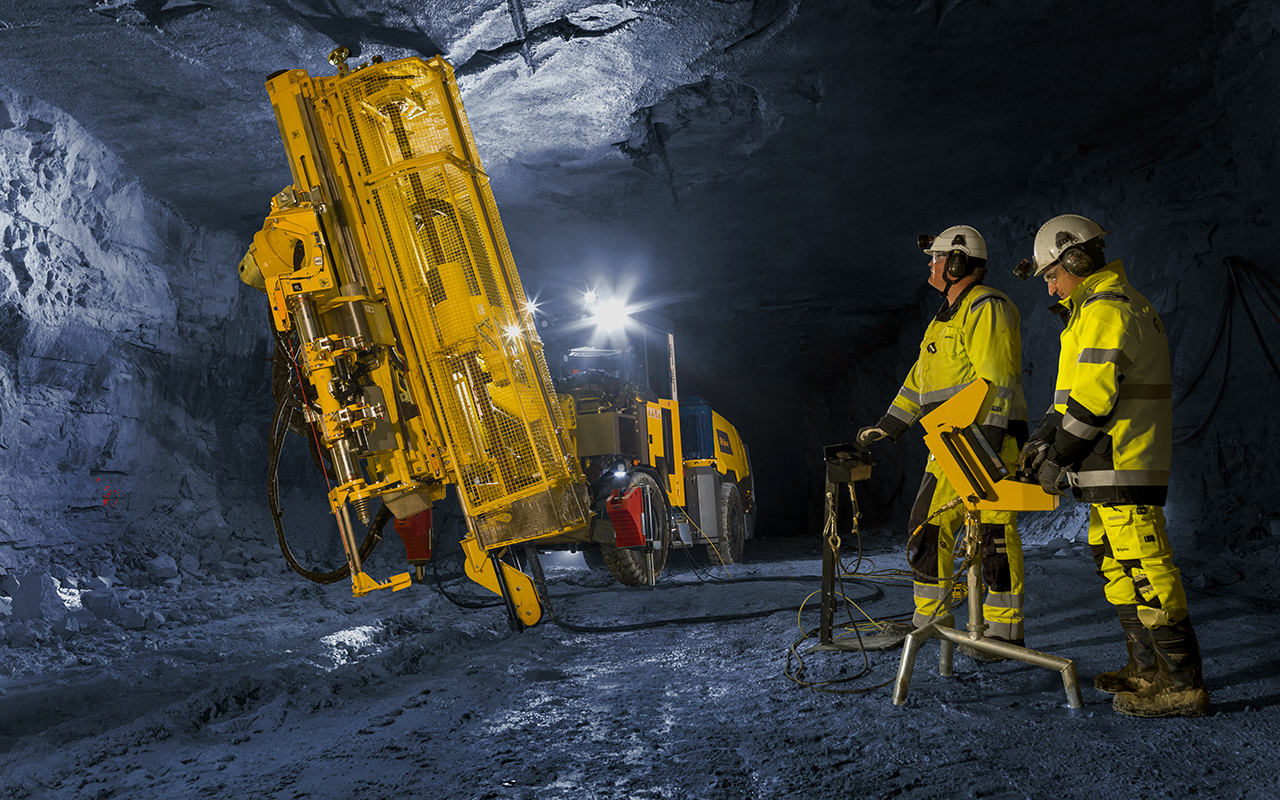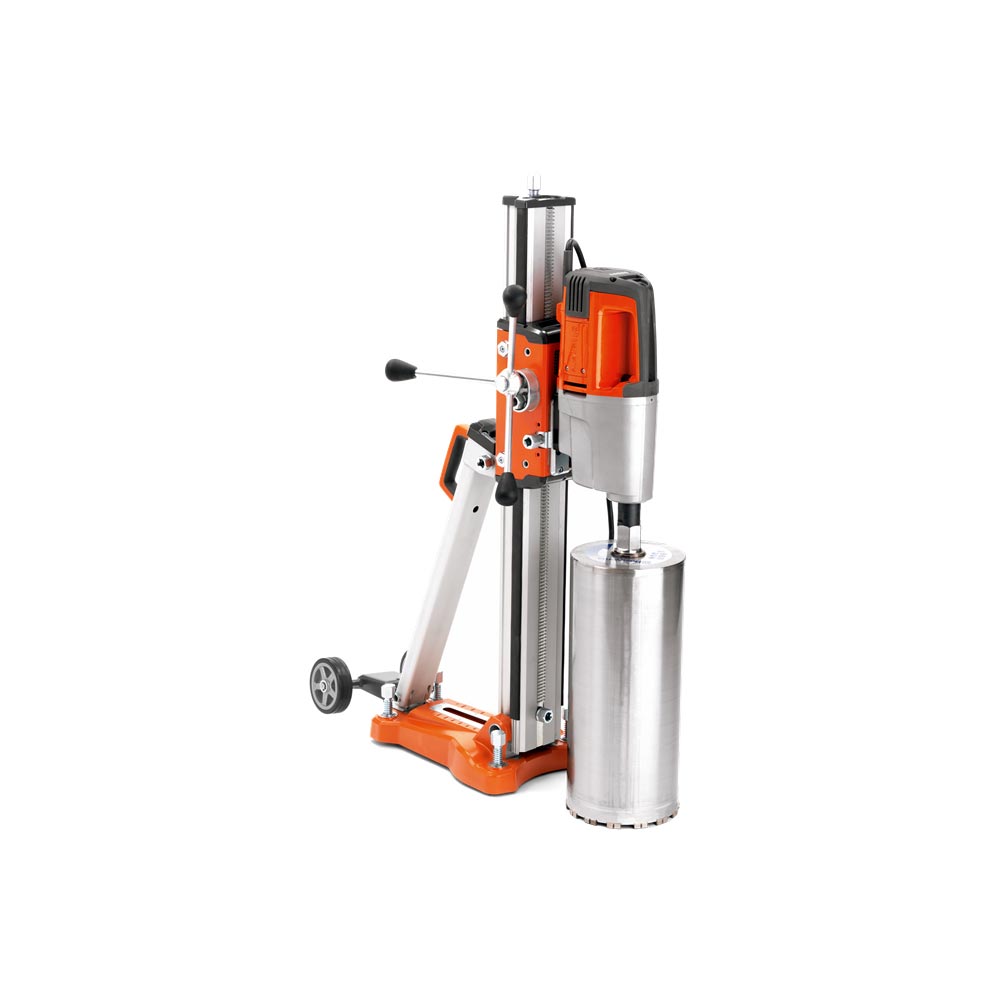Core Exploration Tools: Key Facts and Insights on Its Function in Resource Exploration
Core exploration equipment is vital in source exploration, enabling the removal of round samples from the Planet's subsurface. This process permits rock hounds to examine mineral down payments and comprehend geological formations. Numerous techniques and innovations improve efficiency and safety and security in exploration operations. The effectiveness of core exploration can be affected by numerous factors. Comprehending these elements is important for optimizing source administration and minimizing environmental effects. What details improvements and considerations form this significant area?
Overview of Core Boring Tools
Core exploration tools is crucial for acquiring round examples from the Planet's subsurface, facilitating geological expedition and source assessment. This customized equipment usually makes up a drill rig, core barrel, and different drill little bits created for various geological conditions. The drill gear supplies the needed power and assistance, allowing for deep infiltration right into the planet. The core barrel records the extracted material, guaranteeing very little disruption to the example, which is essential for exact evaluation. Pierce bits vary in design and product, usually including ruby or tungsten carbide to improve sturdiness and cutting performance.
Furthermore, core drilling tools might consist of supporting components such as water pumps for cooling and lubrication, as well as tasting tools for collecting and managing core samples. With each other, these aspects make it possible for geologists and designers to gather crucial data regarding mineral down payments, groundwater resources, and various other subsurface features, inevitably notifying expedition and extraction methods.
Types of Core Boring Approaches
While various core boring approaches exist to meet certain geological and project needs, each method offers distinctive benefits and applications. The most typical approaches consist of ruby core drilling, which uses diamond-impregnated bits for effective cutting with hard rock, making it excellent for mineral exploration. Alternatively, wireline coring allows for the quick retrieval of core samples, decreasing disruption and making sure high-grade data collection. Reverse circulation boring is favored for its speed and efficiency in soft formations, as it brings cuttings to the surface promptly. Additionally, air core boring is usually used for shallow, unconsolidated products, supplying a cost-efficient solution for preliminary evaluations. Each approach has one-of-a-kind operational requirements and is chosen based on variables such as depth, rock type, and project purposes. Understanding these differed techniques makes it possible for geologists and engineers to choose one of the most ideal strategy for their specific expedition needs.
Technological Developments in Core Boring
Recent technological developments in core boring have significantly changed the industry, particularly with the introduction of automated core tasting strategies. These developments enhance effectiveness and accuracy, permitting for even more trustworthy data collection. Additionally, boosted drill bit styles have actually enhanced penetration rates and durability, more maximizing core exploration operations.
Automated Core Tasting Strategies
As improvements in technology proceed to reshape numerous industries, automated core tasting techniques have actually become a game-changer in core exploration approaches. These innovations enhance the sampling process by reducing human intervention and improving accuracy in data collection. Automated systems use sophisticated robotics and sensors to assure accurate core extraction and analysis, reducing the danger of contamination and human mistake. On top of that, real-time data procurement permits immediate analysis of core samples, promoting quicker decision-making in resource expedition. The assimilation of automation not just boosts efficiency however also substantially improves safety and security by decreasing the need for workers in hazardous atmospheres. Overall, automated core sampling strategies are revolutionizing exactly how designers and rock hounds approach subsurface analysis, causing even more informed exploration approaches.
Improved Drill Little Bit Styles
Boosted drill little bit designs have substantially changed core drilling operations by integrating innovative materials and innovative geometries that optimize performance and durability. Recent improvements consist of using polycrystalline ruby compact (PDC) little bits, which use outstanding hardness and wear resistance, enabling deeper infiltration prices and long term life. In addition, enhanced air conditioning and lubrication systems have been integrated to decrease friction and heat generation, thereby boosting effectiveness. Styles featuring specialized cutting structures enable better rock fragmentation and core recovery, reducing the risk of damage to useful samples. The incorporation of sensing units and clever modern technologies additionally aids in real-time tracking and performance assessment, guaranteeing that drilling operations are not just reliable however likewise inexpensive, noting a substantial advancement in core drilling methods.
Applications of Core Exploration in Source Exploration
Core drilling plays a vital role in source expedition by facilitating mineral source evaluation, which is vital for identifying and quantifying beneficial deposits. Moreover, it boosts geological research study by offering critical information that notifies various clinical studies. Furthermore, core drilling is crucial in environmental effect researches, permitting a better understanding of the potential impacts of resource removal on communities.
Mineral Source Assessment
Just how can core boring methods considerably add to mineral resource assessment? Core boring plays a crucial duty in precisely establishing the top quality and quantity of mineral down payments. By removing round samples from different midsts, geologists acquire a straight depiction of subsurface materials. This permits exact analysis of mineral framework, grade, and structure, which is look at these guys essential for notified decision-making in resource advancement. In addition, core exploration facilitates the identification of geological features and anomalies, enhancing understanding of mineralization processes. The data obtained through this method is crucial for source evaluation and plays a significant role in financial usefulness research studies. Eventually, core boring is a crucial tool for progressing mineral resource analyses in expedition tasks.
Geological Research Study Improvement
Advancing geological research, core drilling strategies give crucial insights into subsurface formations and mineral sources. By removing cylindrical samples from the Planet's crust, rock hounds can examine the physical, chemical, and mineralogical residential or commercial properties of different strata. This data is important for understanding geological background, recognizing prospective resource down payments, and assessing the viability of removal procedures. Core samples reveal info regarding rock types, architectural geology, and fluid motion, which are critical in go to this website developing exact geological designs. Additionally, developments in core exploration innovation, such as boosted exploration liquids and bit layouts, improve the precision and effectiveness of sample collection. On the whole, the integration of core exploration right into geological research greatly adds to notified decision-making in source exploration and management.
Ecological Impact Research Studies
While reviewing the environmental influence of resource exploration, core boring acts as a crucial tool for accumulating data that informs sustainable techniques (Core Drilling Equipment). This strategy permits researchers to acquire subsurface examples, allowing them to evaluate dirt and rock make-ups, groundwater quality, and prospective contamination. By assessing these examples, environmental scientists can identify the ecological consequences of resource extraction tasks. Additionally, core boring help in the growth of mitigation methods to minimize damage to communities. The information collected additionally sustains regulatory compliance, making sure that expedition activities comply with environmental standards. Eventually, core boring not just improves understanding of geological developments however additionally advertises liable resource administration, balancing exploration requires with ecological defense
Key Elements Affecting Core Boring Effectiveness
Core drilling efficiency is greatly influenced by several key factors that identify the success of drilling operations. One important element is the option of boring devices, which affects penetration rates and core recovery. The layout and problem of drill little bits play a vital function, as they have to be fit to the geological conditions ran into. Additionally, the drilling technique employed, such as rotating or ruby boring, can significantly impact performance.
An additional vital factor is the experience of the exploration team. Proficient operators can optimize basics exploration specifications, reducing downtime and enhancing performance. The geological characteristics of the website, including rock solidity and fracturing, likewise influence piercing speed and performance. Lastly, proper preparation and job monitoring are necessary in coordinating sources and reducing hold-ups. Jointly, these elements add to the total effectiveness of core exploration operations, eventually influencing resource expedition outcomes.
Environmental Factors To Consider in Core Boring Procedures
Ecological factors to consider play an important role in core exploration procedures, as they straight impact ecosystems and neighborhood neighborhoods. These procedures can disrupt environments, resulting in biodiversity loss and soil disintegration. The use of heavy machinery might send out greenhouse gases and sound pollution, influencing both wild animals and human populations nearby.
To alleviate these results, drivers need to comply with stringent ecological regulations and adopt sustainable methods. This includes utilizing eco-friendly boring liquids, handling waste properly, and restoring websites post-drilling. Additionally, engaging with regional neighborhoods can promote transparency and support, making sure that boring tasks do not compromise public health and wellness or land use.

Often Asked Questions
What Safety And Security Procedures Are Needed When Running Core Exploration Devices?

Exactly How Is Core Example Quality Assessed After Exploration?
Core example quality is evaluated with aesthetic examination, measurement of physical residential properties, and laboratory evaluation. Aspects like recuperation price, core integrity, and contamination degrees are reviewed to assure precise depiction of subsurface problems.
What Are the Prices Associated With Core Drilling Projects?
Costs associated with core boring jobs include devices leasing, labor, transportation, site preparation, and sampling. Additionally, expenses for environmental permits, site repair, and evaluation contribute to the general monetary investment required for successful drilling procedures.
Just How Does Climate Affect Core Drilling Operations?
Weather considerably affects core exploration operations. Rain, snow, or severe temperature levels can impede progress, affect tools efficiency, and produce safety hazards - Core Drilling Equipment. Correct planning and scheduling are important to reduce weather-related disruptions in exploration tasks
What Accreditations Are Required for Core Exploration Professionals?
Core boring professionals generally require certifications such as the National Institute for Qualification in Engineering Technologies (NICET) and OSHA safety training. Additional state-specific licenses might likewise be needed to establish compliance with local regulations and safety and security requirements.
